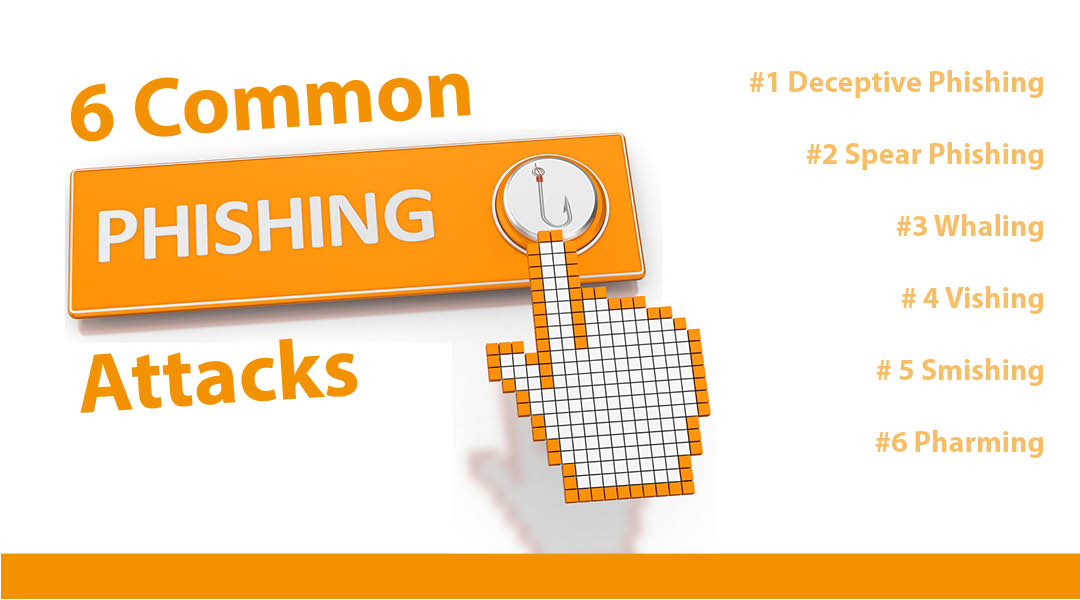The latest APEG Phishing Activity Trends Report from Q2 2022 provides alarming figures, showing that hackers' methods are becoming increasingly resourceful and sophisticated. That's why we are using European Cybersecurity Month October to again draw attention to this growing threat.
A large proportion of phishing attacks can be attributed to six different methods, below you will find tips and information on how you can best protect yourself.
